
Anchor bolts are specialized fasteners used to secure structural elements to concrete, ensuring that loads are safely transferred from the structure to the foundation. They are widely available in various diameters—such as M8, M10, and M12—and are manufactured in different styles, including wedge anchors, sleeve anchors, and chemical anchors. Their strength, simplicity, and ability to handle tensile and shear forces make them an essential element in both temporary and permanent installations.
One of the most critical applications of anchor bolts is in base plate connections, where steel columns or posts are mounted to concrete foundations. The bolts pass through holes in the base plate, anchoring it firmly into the slab or footing. This setup provides a rigid and stable interface for structural members like beams and uprights. Whether in industrial warehouses, commercial buildings, or outdoor pole installations, base plate anchor systems help distribute loads and maintain the structure’s vertical alignment under various forces, including wind and seismic events.
Anchor bolts are specialized fasteners used to secure structural elements to concrete, ensuring that loads are safely transferred from the structure to the foundation. They are widely available in various diameters—such as M8, M10, and M12—and are manufactured in different styles, including wedge anchors, sleeve anchors, and chemical anchors. Their strength, simplicity, and ability to handle tensile and shear forces make them an essential element in both temporary and permanent installations.
One of the most critical applications of anchor bolts is in base plate connections, where steel columns or posts are mounted to concrete foundations. The bolts pass through holes in the base plate, anchoring it firmly into the slab or footing. This setup provides a rigid and stable interface for structural members like beams and uprights. Whether in industrial warehouses, commercial buildings, or outdoor pole installations, base plate anchor systems help distribute loads and maintain the structure’s vertical alignment under various forces, including wind and seismic events.
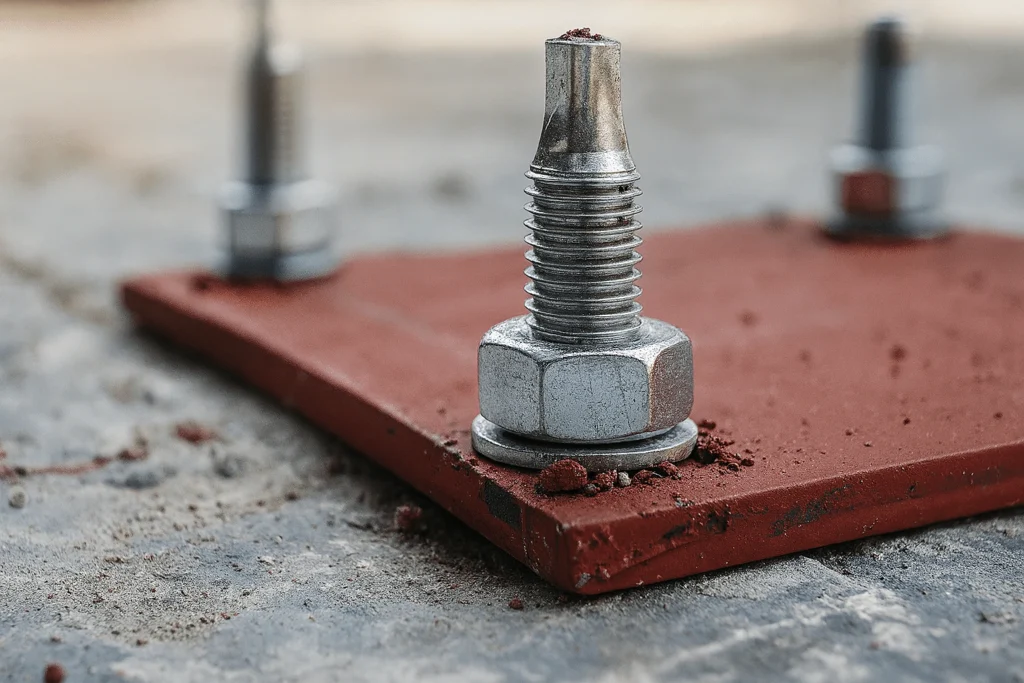
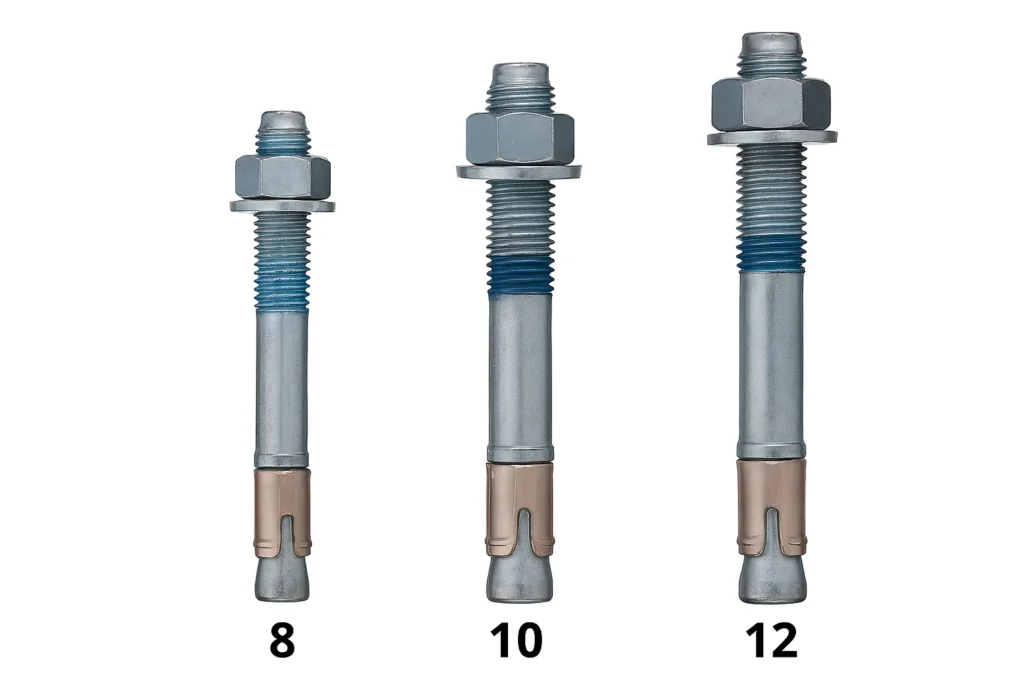
Anchor bolts also play a significant role in steel stud and wall channel systems, particularly in light steel framing and drywall partition construction. These bolts are used to anchor steel tracks or channels to concrete floors or walls, forming the foundation for metal stud framing. This is common in both commercial interior partitions and exterior curtain wall assemblies. Using anchor bolts in these applications ensures that wall systems are properly aligned, secure, and resistant to displacement from impact or vibration.
Beyond these uses, anchor bolts are also employed in fastening heavy machinery, HVAC units, handrails, fences, and utility enclosures. They provide long-term reliability in harsh environments, especially when coated for corrosion resistance. Whether supporting a vertical column or forming the base of a wall assembly, anchor bolts are fundamental in achieving structural integrity, safety, and compliance with building codes across a wide range of construction disciplines.
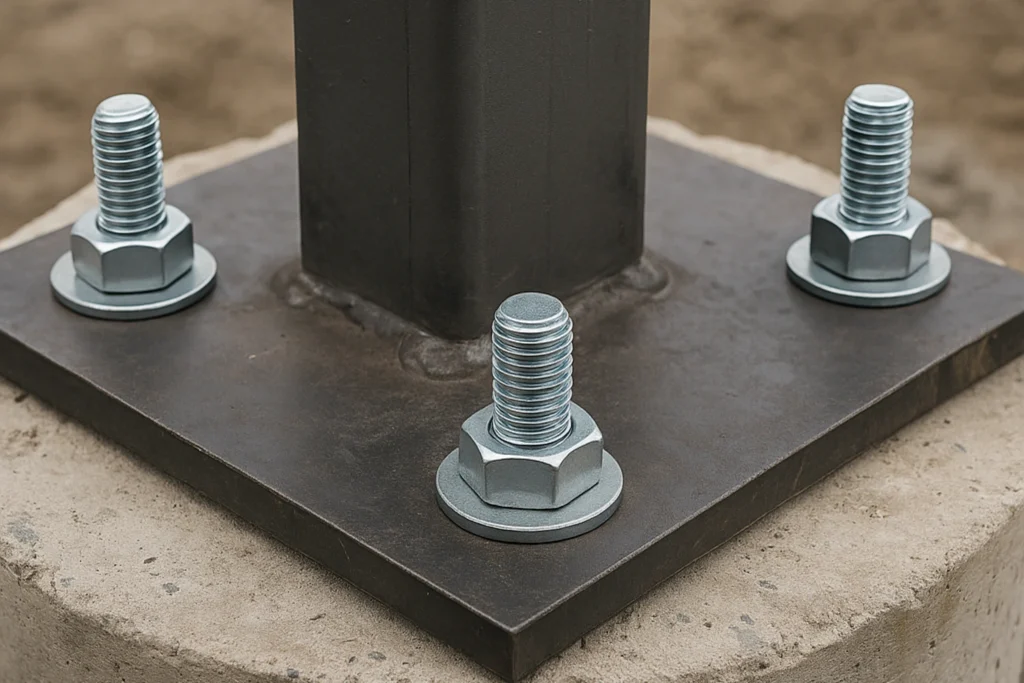
Anchor bolts also play a significant role in steel stud and wall channel systems, particularly in light steel framing and drywall partition construction. These bolts are used to anchor steel tracks or channels to concrete floors or walls, forming the foundation for metal stud framing. This is common in both commercial interior partitions and exterior curtain wall assemblies. Using anchor bolts in these applications ensures that wall systems are properly aligned, secure, and resistant to displacement from impact or vibration.
Beyond these uses, anchor bolts are also employed in fastening heavy machinery, HVAC units, handrails, fences, and utility enclosures. They provide long-term reliability in harsh environments, especially when coated for corrosion resistance. Whether supporting a vertical column or forming the base of a wall assembly, anchor bolts are fundamental in achieving structural integrity, safety, and compliance with building codes across a wide range of construction disciplines.